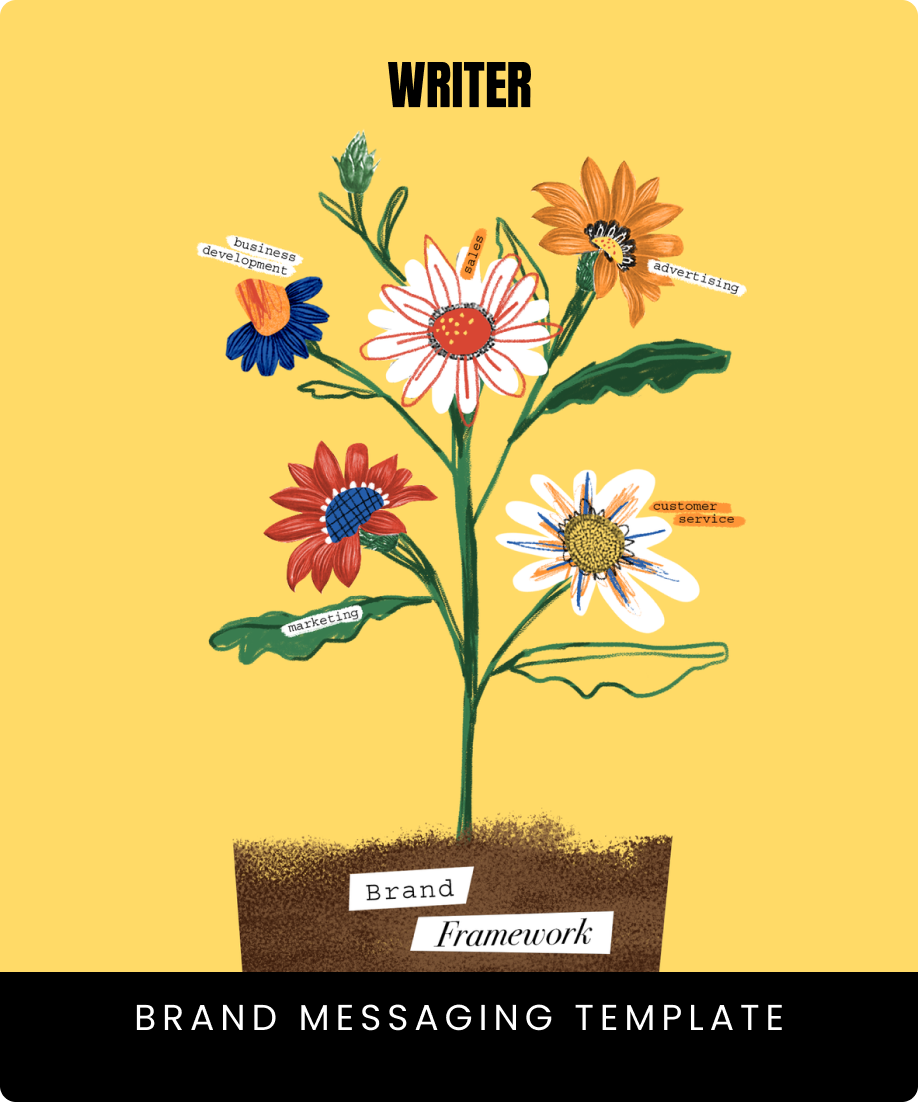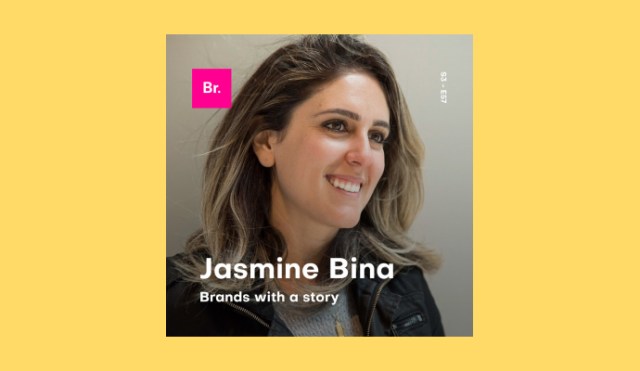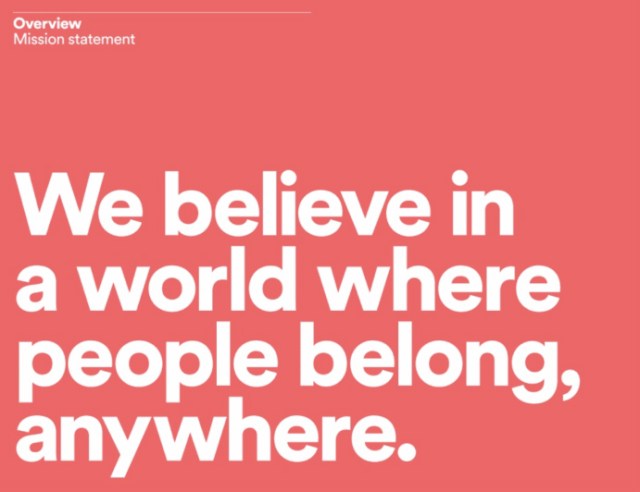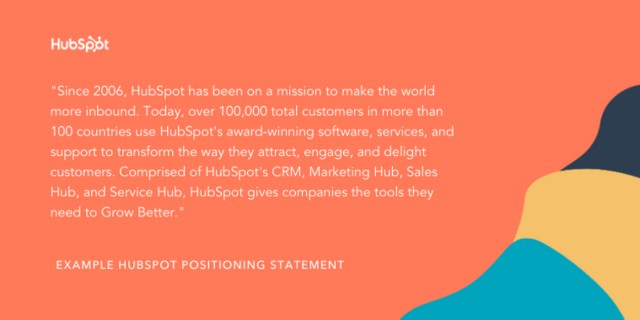The ultimate brand messaging framework

Make time for the big things
Whether you’re launching a new business, pivoting in a new direction, or doing a brand refresh, sometimes it’s easier to chip away at the quick action items, right? As in, you might want to make one last product tweak or finish your latest blog post before reworking your entire style guide.
At some point, though, in order to scale, it’ll become critical to get crystal-clear about your brand’s ultimate reason for being. The good news? When you do that, it makes doing the quick action items even easier. Once you know your brand’s mission and how to communicate it to your potential customers, all your content marketing falls in line with these guidelines you’ve set up. Accomplish all that by working on your brand messaging framework.
What is a brand messaging framework?
A messaging framework is a structured, written representation of your brand’s unique selling points. A successful messaging framework is easy to understand and clearly differentiates your company from the competition. At the very least, your brand messaging framework should include your business value proposition, target audience, and a statement about what differentiates you from the competition. We also recommend including guidance on message hierarchy and some notion of how your brand messages or features ladder up to a primary, overarching message.
Think of your messaging framework as the foundation for building your business and all of its related functions: marketing, communications, advertising, sales, business development, public relations, customer service, and more. Multiple teams and people will benefit from using one shared messaging framework. The framework will help you identify your brand personality and brand story.

Download the template
Why is a brand messaging framework important?
An effective brand messaging framework makes it painless for employees to answer this question in a nutshell: “What does your company do?”
The last thing you want is for a salesperson or any representative of your company not to be able to describe your brand in a sentence or two. If they can’t describe your company with confidence, how should a prospective customer know what’s going on?
Gather your team and ask everyone to define your brand in their own words. If things aren’t perfectly aligned — and hey, it’s fine if they’re not — then it’s time to get to work on that messaging framework.
When you have your brand locked down, you can really begin to stand out as a force to be reckoned with in your respective industry. If every piece of content is aligned, no matter whether it’s a tagline on the homepage or a singular blog post, your voice is going to strengthen. And when that happens, it’s easy for some bigger-sounding issues to effectively disappear.

Good brand messaging solves multiple problems at once, explains Jasmine Bina, CEO of Concept Bureau:
“A strong story can make issues around user behavior, trust, retention and competitive forces disappear. Just look at Airbnb and their brilliant ‘Belong Anywhere’ positioning.”

Effective brand messaging converts complex thoughts into easy-to-understand and memorable messaging. This short and sweet message does a fantastic job positioning Airbnb and their brand identity as a memorable, recognizable company.
When you know who your audience is, and exactly what you want to tell them (as any good business writer should), your brand’s identity will naturally begin to stand out.
What teams need messaging frameworks?
Public relations
Responsible for upholding a reputation, PR teams rely on talking points when writing press releases for journalists and bloggers. They need to have a complete understanding of the brand, which can be obtained from a messaging framework.
Communications teams
Internal reporting is just as important as external. Communication teams use a messaging framework to highlight key points about their company’s strategy, values, and goals when internally communicating with employees.
Content creators
If you’re constantly creating content, you need to ensure it’s consistent across all platforms. Use brand messaging frameworks for blogs, podcasts, video scripts, and any other content you produce. Your content strategy and brand messaging strategy are one in the same.
Marketing and advertising teams
Core messaging and value propositions are used for all advertising and marketing campaigns. We’ll say it again — consistency matters. Keep everyone adhering to the same principles with a messaging framework.
Salespeople
Everyone involved with sales needs to be on the same page regarding how you talk about your product. Sales teams pull from language that spells out the primary differentiators between your product or service and the competition.
Human resources and recruiters
Bring new employees into the workplace smoothly. Use a messaging framework to create employee training, onboarding materials, and job descriptions.
3 of the most important components of a messaging framework
1. Target audience
Do you have a solid understanding of the person you’re trying to reach with your brand and what makes them tick? If your answer is “sort of,” you probably need to define exactly who your target audience is.
For example, if you’re an e-commerce company targeting consumers, consider asking the following questions before writing a description:
- Where do they live?
- How old are they?
- Are they primarily female, male, nonbinary, or other?
- What is their relationship status? Are they married, single, or divorced?
- How much money do they earn, and what kind of work do they do?
- What problems do they need solved?
- How do they like to shop? Online or in a store?
If you want your business communications to be professional and well-written, you first need to nail down who your target audience is.
2. Value proposition
First impressions count, and your brand’s unique value proposition is often the first thing your audience sees when discovering your brand. The value proposition showcases what your company can give consumers that competitors can’t. It’ll give a general overview of the products or services your company offers. An effective value proposition is persuasive and helps convert a prospect into an actual customer. The value proposition will help you write your brand promise and other elements of your marketing and brand strategy.
Here’s an example from WordPress.com:

WordPress appeals to everyone with this statement — highlighting their popularity among everyone from Fortune 500 companies to the small business to the solo blogger. They include convincing proof by stating that 43% of the web uses their product — and, it’s made obvious what their product is.
Think of a value proposition as the intersection of who the audience is, the problem they’re experiencing, the need they have, and what alternatives are available to them.
3. Positioning statement
A brand positioning statement is a bit more broad and comes after you’ve identified the value proposition. Its purpose is to convince someone why they need your specific product or service. An effective positioning statement identifies points of competitive differentiation and why they matter to customers. This statement isn’t public-facing like the value proposition.
Here’s an example of HubSpot’s positioning statement:

HubSpot clearly identifies how they’re prepared to meet their audiences needs. This positioning statement is influential and is backed by their examples of how many customers in how many countries they’ve served.
Bonus points:
5 more components and extensions of a brand messaging framework
Once you’ve written and aligned on your target audience, value proposition, and positioning statement, you’ll be better armed and ready to write public-facing copy — such as a tagline or boilerplate.
1. Personas
Many companies find it helpful to create buyer personas — a fictional or semi-fictional depiction of your target customer. Some businesses focus on one key persona, while others may have several personas or variations of their target audience.
Details make the difference with personas. If you’re ready to go all in, you can include granular info. For example, if you’re a direct-to-consumer brand, you could include your target customers’ favorite TV shows, how much money they spend on certain products, their political beliefs, their daily schedule, and more. If you’re a B2B company, you should ask questions that are relevant to your industry. Some companies even give their personas names and photos or illustrations.
2. Brand promise
Make sure your brand message is actually true. This isn’t a time to exaggerate or overpromise. Your brand promise should be rooted in what you can deliver. Here are three examples of strong brand promises:
Geico:
“15 minutes or less can save you 15% or more on car insurance”
BMW:
“The Ultimate Driving Machine”
Apple:
“Think different”
3. Elevator pitch or boilerplate
If you had less than a minute to explain what your business is about to a stranger, what would you say? The answer to that question is an elevator pitch or boilerplate. A boilerplate is designed to give people a quick sense of what your product is about — ideally, in a way that they’ll understand immediately.
You can approach your elevator pitch a lot of different ways — here are just a few suggestions:
- Lead with a question
- Sell yourself
- Share a customer story
- Highlight how you can help
- Establish authority
4. Mission statement
Your mission statement helps define the purpose of your business — as in, how you want to make the world a better place for your existence. A mission statement is intended to be read by both customers, prospects, and internal audiences, such as employees or board members.
Five examples of stand-out mission statements:
Adobe:
To move the web forward and give web designers and developers the best tools and services in the world.
Dove:
To ensure that the next generation grows up enjoying a positive relationship with the way they look, to help them raise their self-esteem and realise their full potential.
Etsy:
Our mission is to keep commerce human.
NASA:
We reach for new heights and reveal the unknown for the benefit of humankind.
Nike:
Bring inspiration and innovation to every athlete* in the world. *If you have a body, you are an athlete.
5. Company voice description
A company voice is the written and verbal expression of a brand. Company voice is the general conception of what your brand “sounds” like — even in writing.
How would you describe your company voice? Would you say it’s friendly and welcoming, or authoritative? Is your company voice hilarious or serious? Is it charming or professional? These are just some examples of descriptive words that you may want to use to describe your company voice in your messaging framework and brand style guide.
How many words should a brand messaging framework be?
A messaging framework tends to include a variety of lengths of brand messaging — ranging from a tagline and one-sentence summary, to a paragraph or a one-pager. Think of brand messaging frameworks as the building blocks of your brand. When done well, you can build so much from that initial block: your About page, advertising and social media campaigns, website content, sales material, and more.
What are some examples of memorable brand messages or taglines?
You may have heard copywriters or writers say that it’s harder to write short copy than it is to write long copy. That’s often the case when it comes to writing a catchy or memorable one-line description or tagline. Summarizing a brand’s core message is usually the result of a lot of writing and thinking, but can be worth every penny if you get it right.
Dollar Shave Club:
Shave time. Shave money.
Nike:
Just do it.
Subway:
Eat fresh.
Adidas:
Impossible is nothing.
Levis:
Quality never goes out of style
How Writer can help you create a brand messaging framework
We’ve covered a lot of things to include in your brand messaging framework and we get it — it can be hard to keep track of it all. That’s why we’ve put together a simple brand messaging template for your company. Whether you need to start from scratch or revisit a few points from time to time, this template will empower you to produce a solid, helpful messaging framework.
And if you’re looking to do even more — say, give your team the tools to write with clarity, consistency, and confidence — check out Writer to help meet those goals. With in-text suggestions, a style guide to serve as a single source of truth for your entire company, a term bank to keep track of your approved and unapproved terminology, Writer has everything you need to keep your team on-brand.
Illustration by Natalie Nelson
